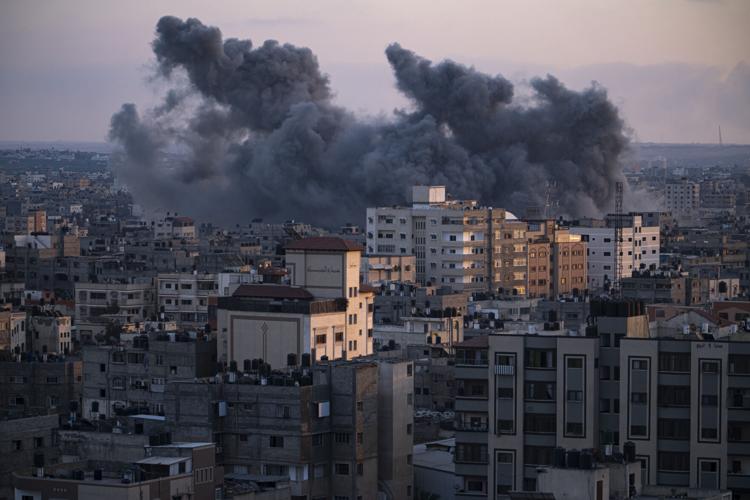Three weeks after the most sophisticated assault in Islamist movement history, the strategy behind what transpired that day is becoming obvious. Over 2,000 men infiltrated Israel through 29 breaches in the fence that surrounds the Gaza Strip. The invasion, a military victory, resulted in crimes against people.
On October 7, Yifat Ben Shoshan awoke early. It wasn’t even 6:30 a.m. yet. “I should have gotten up earlier to go to the gym,” her husband commented, standing next to her. “Come on,” she continued, “have a coffee with me.” Simchat Torah, which culminates the Jewish festival of Sukkot, was a memorable day.
The 53-year-old woman lives in Netiv Haasara. This moshav – a farming community – of 900 inhabitants is located 400 meters from the Gaza Strip. It’s right up against the barrier that encloses the enclave. It’s so close that every morning, when she gets up, she says, “Good morning, Beit Lahia.” Just 400 meters away, after sandy fields and food crops, the first low-rise houses, topped with minarets, can be seen in the northernmost town in the Palestinian territory.
But on the morning of October 7, Ben Shoshan didn’t even have time to walk around the bed when she saw rockets climbing into the sky. She cried out, “Take cover!” as the first sirens sounded. She and her husband and son took cover in the shelter of their brand-new house, which had only been completed two years ago. This was no mere salvo. It was a barrage of thousands of projectiles being sent from Gaza all over Israeli territory, including Jerusalem.
Her phone received a few alerts from a specialized application. Then the following message appeared: “Lock yourself in your shelters, there are terrorists in Netiv Haasara.” Shortly afterward, the electricity and cellular network were cut off. Without power, it was impossible to close the metal shutters.

